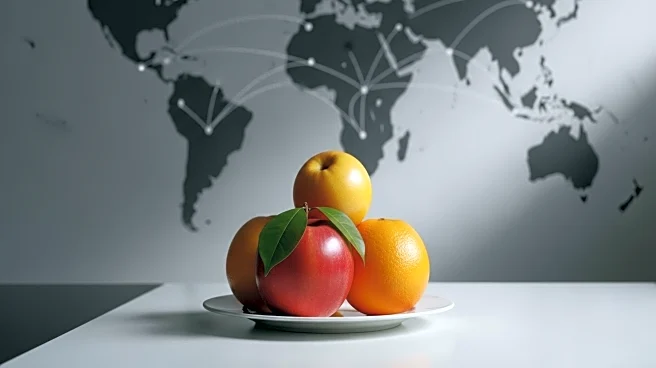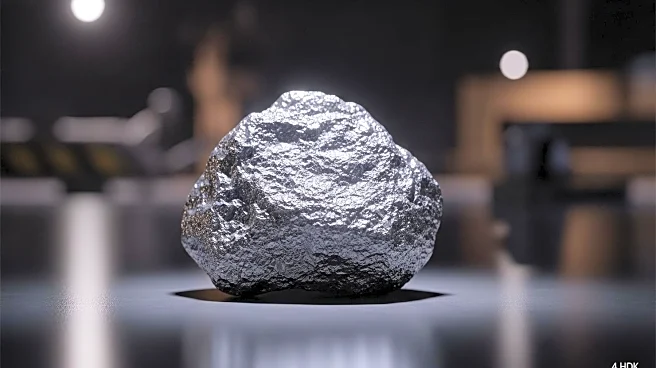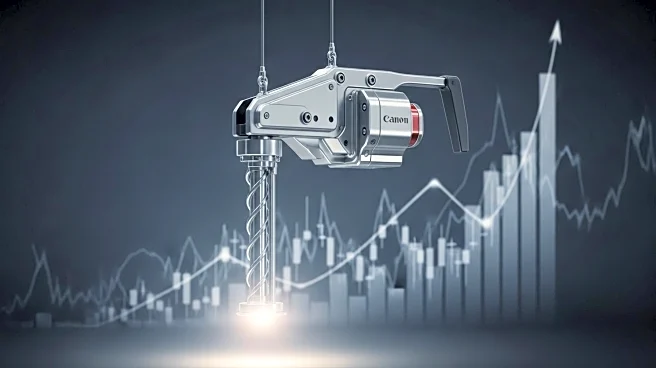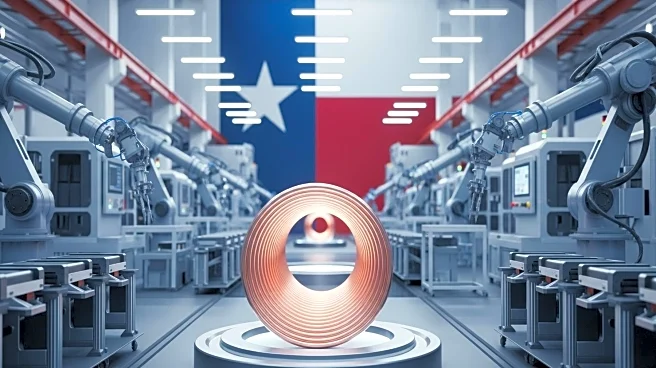What is the story about?
What's Happening?
The global iron ore market in 2025 is experiencing significant challenges due to oversupply and weakened demand, primarily driven by China's economic conditions. Iron ore prices have declined sharply from their peak in July 2021, exposing vulnerabilities in the industry. Major producers are reassessing their strategies, focusing on cost discipline and diversification. Despite geopolitical tensions and trade disputes, iron ore prices have remained relatively stable, supported by improved investor sentiment and easing trade tensions between major economies like the United States and China. China's Q1 2025 iron ore imports declined due to temporary supply disruptions rather than weak demand, with imports showing signs of recovery. The market is also influenced by China's policy signals and structural changes in the steel industry, including decarbonization efforts.
Why It's Important?
The developments in the iron ore market have significant implications for global industries and economies. The oversupply and weak demand challenge major producers like BHP, Vale, and Rio Tinto, impacting their profitability and strategic focus. The stability in iron ore prices amid geopolitical tensions suggests potential resilience in global trade conditions, which could benefit steelmakers and related industries. China's policy measures to address overcapacity in its steel industry may improve mill profitability and demand for higher-grade ore, affecting global supply chains. The shift towards cleaner technologies in steel production, driven by decarbonization efforts, could increase demand for premium-grade iron ore, influencing long-term market dynamics.
What's Next?
The iron ore market is likely to remain under pressure in the short term due to soft Chinese demand and new supply from projects like Simandou. However, global decarbonization efforts and structural reforms in China may support recovery in the medium to long term. Major producers are expected to continue diversifying their portfolios and adapting to changing market conditions. The entry of new supply and potential policy changes in China will be closely monitored by industry stakeholders, as they could significantly impact market dynamics and pricing.
Beyond the Headlines
The structural transformation in the steel industry, driven by decarbonization, highlights the ethical and environmental dimensions of the iron ore market. The adoption of cleaner technologies like electric arc furnaces and hydrogen-based processes reflects a broader shift towards sustainable production methods. This transition may challenge traditional suppliers and require strategic adaptations to meet evolving market demands. The geopolitical and economic factors influencing the iron ore market underscore the complex interplay of global trade, environmental policies, and industry strategies.
AI Generated Content
Do you find this article useful?












